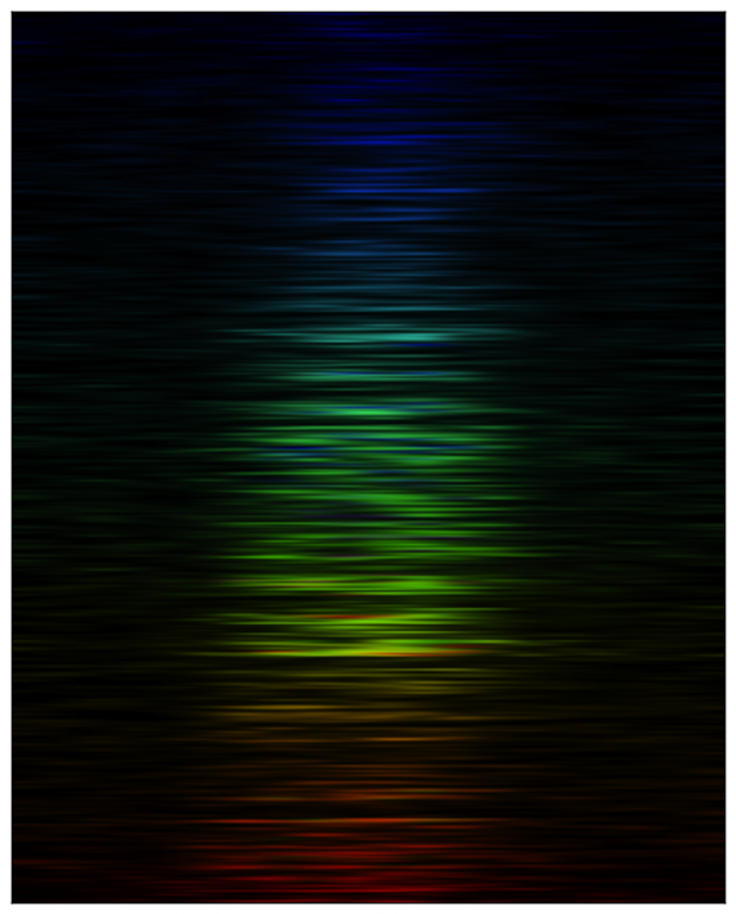Most Luminous Fast Radio Burst To Date Sheds Light On Universe’s Hidden Matter

For over a decade, Fast Radio Bursts (FRB) — intense bursts of radio emission lasting mere milliseconds — have continued to baffle scientists. The longstanding mystery of their origin, which is further compounded by the fact that less than two dozen such events have ever been detected, has spawned a plethora of scientific (and not so scientific) theories, including the occasional speculation that aliens are responsible for them.
Until last year, only 17 FRBs had been detected. This changed in August 2015, when astronomers using the Parkes radio telescope in Australia observed the most luminous FRB to date — FRB 150807.
This FRB, which lasted for only a few thousandths of a second, was unique, as it contained invaluable information about the cosmic web — the swirling, diffuse and faint web of gases and magnetic fields that exists between galaxies, and which is completely invisible to optical and most radio telescopes.
“This FRB, like others detected, is thought to originate from outside of Earth’s own Milky Way galaxy, which means their signal has travelled over many hundreds of millions of light years, through a medium that – while invisible to our eyes – can be turbulent and affected by magnetic fields,” Ryan Shannon from Australia’s ICRAR-Curtin University, the co-lead author of a study detailing the observation, said in a statement. “It is amazing how these very few milliseconds of data can tell how weak the magnetic field is along the travelled path and how the medium is as turbulent as predicted.”
FRB 150807, which the researchers believe most likely originated from a galaxy named VHS7 located between 3.2 and 6.5 billion light-years from Earth, was seen to be weakly distorted by material within its host galaxy. This suggests that the density of the intergalactic medium and the strength of the magnetic field in this direction is no more turbulent than theorists originally predicted.
So does this FRB finally help us understand the mysterious processes that give rise to these energetic blasts of radio waves? Not exactly.
But the unprecedented brightness of FRB 150807 does allow astronomers to locate it much more accurately, making it the best localized FRB to date. Doing so also opens the door to using FRBs to understand and map the cosmic web.
“Ultimately, FRBs that can be traced to their cosmic host galaxies offer a unique way to probe intergalactic space that allow us to count the bulk of the electrons that inhabit our Universe,” study co-author Matthew Bailes from the Swinburne University of Technology in Australia, said in the statement. “To decode and further understand the information contained in this FRB is an exceptional opportunity to explore the physical forces and the extreme environment out in Space.”
© Copyright IBTimes 2024. All rights reserved.












